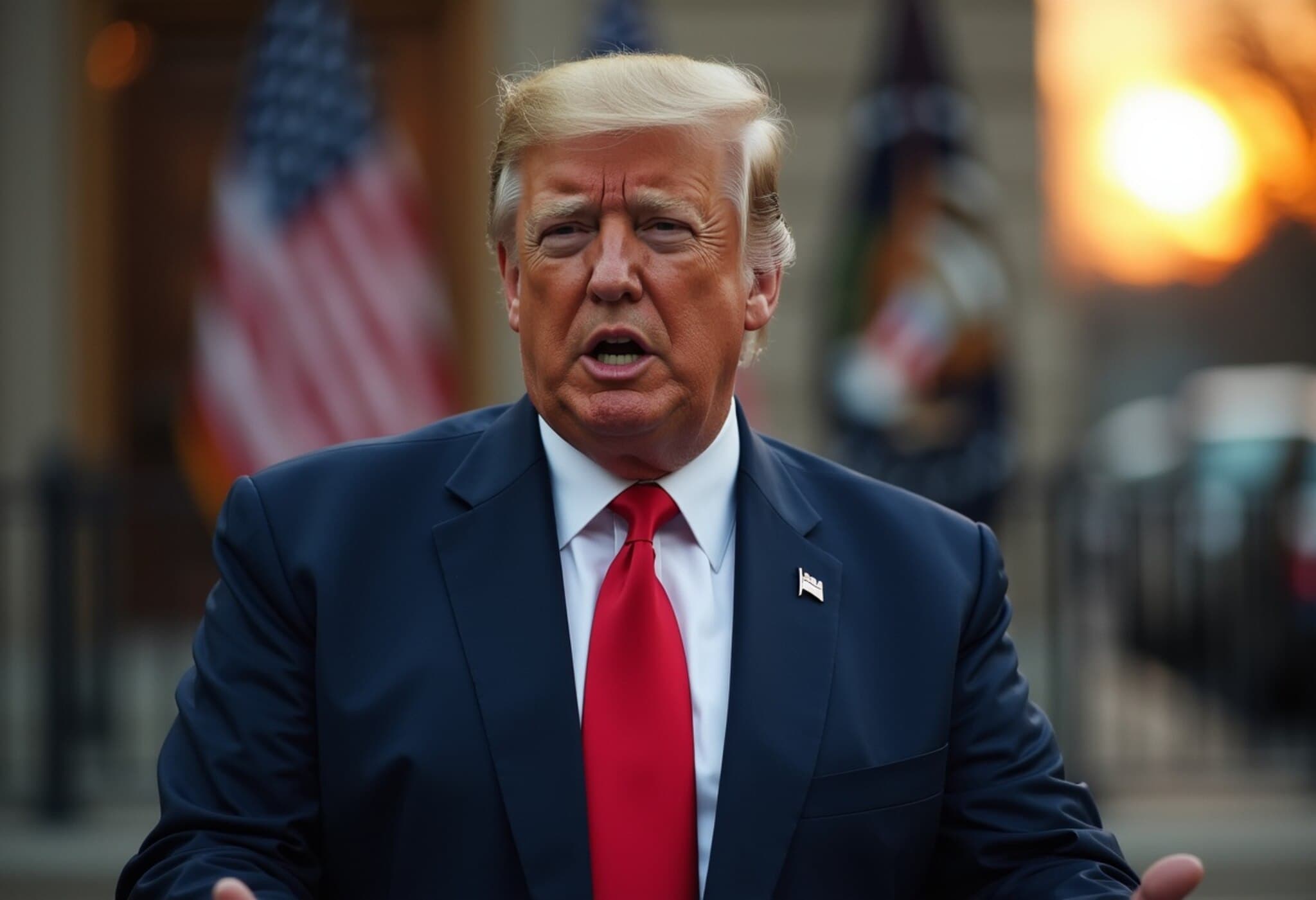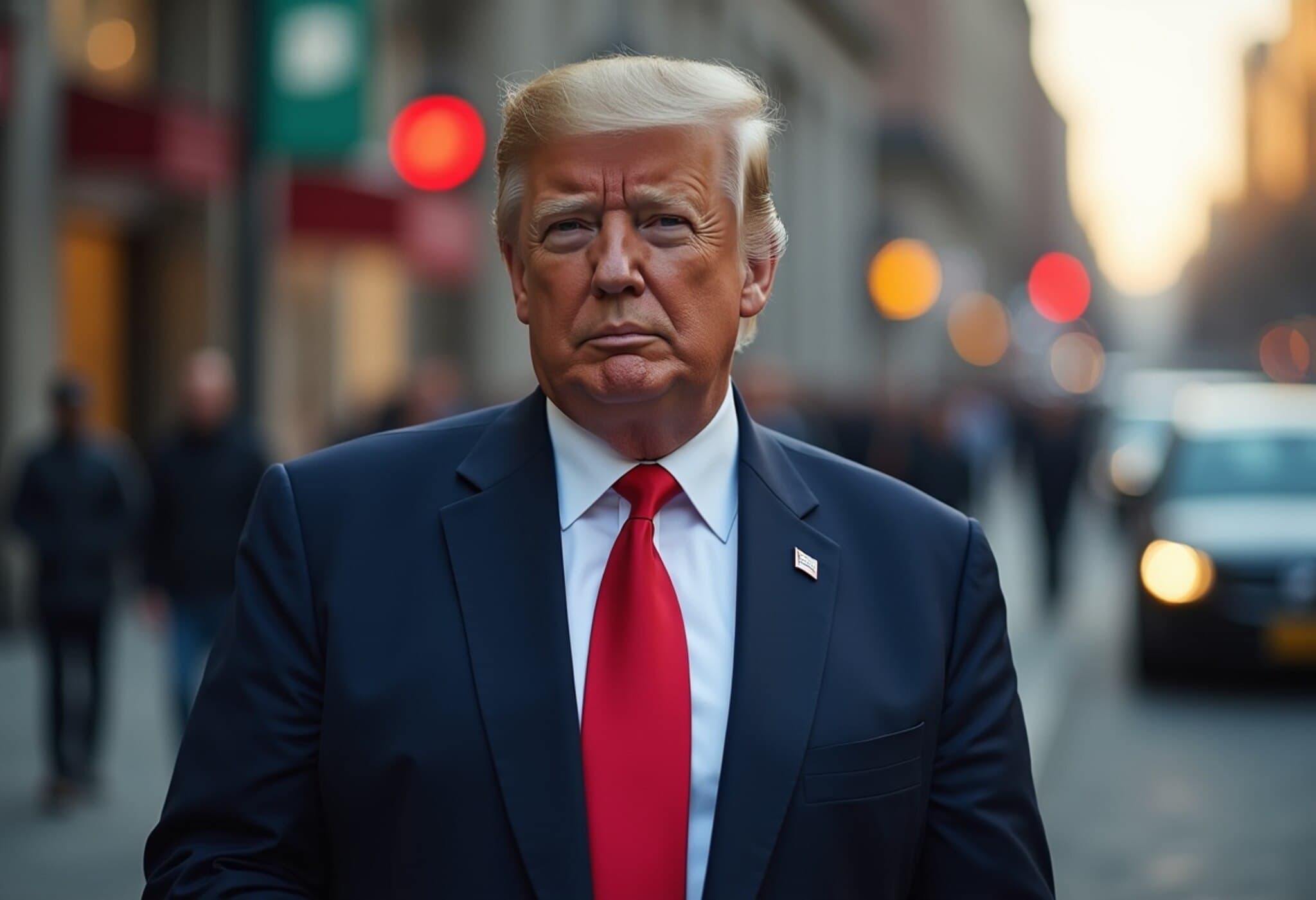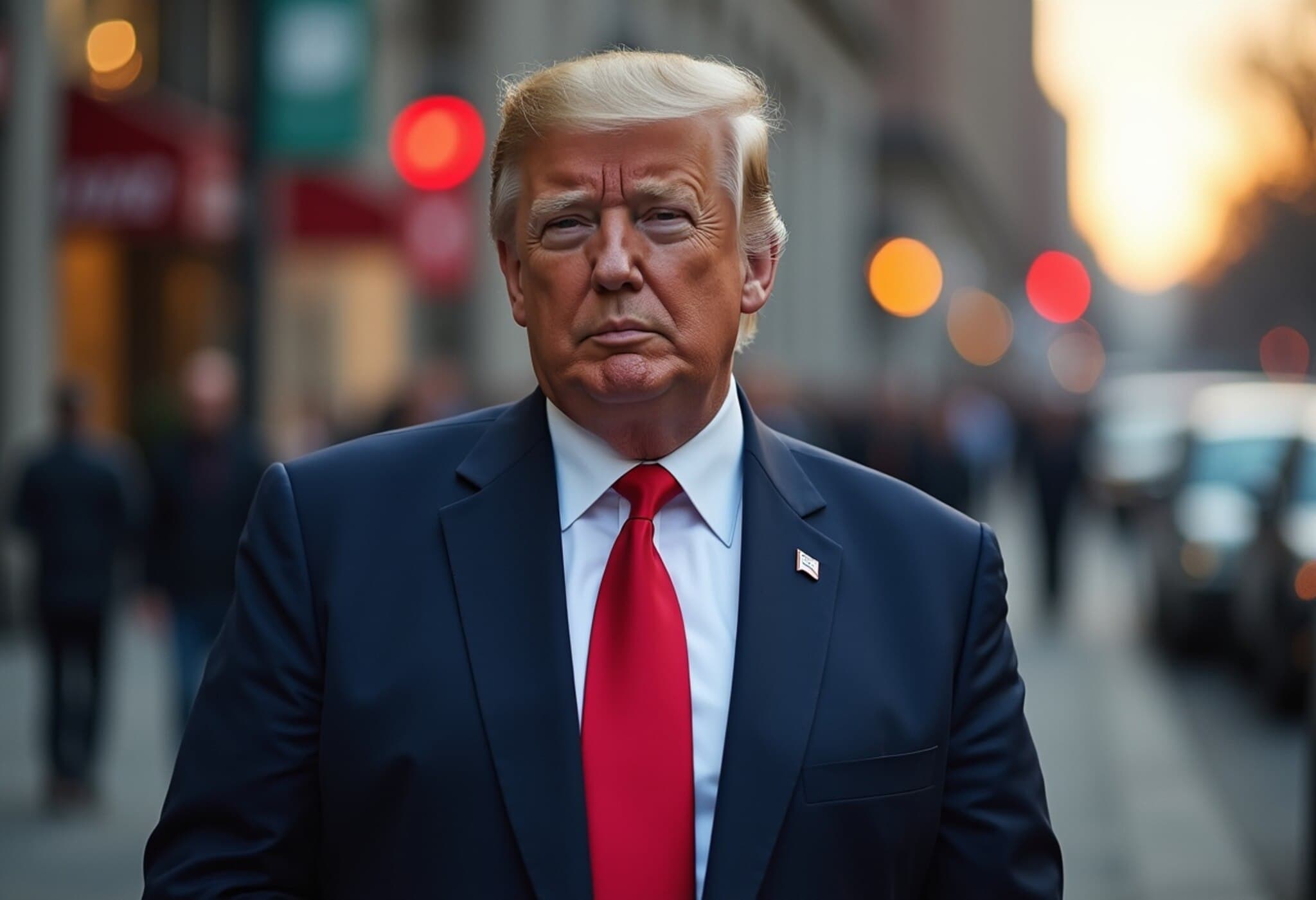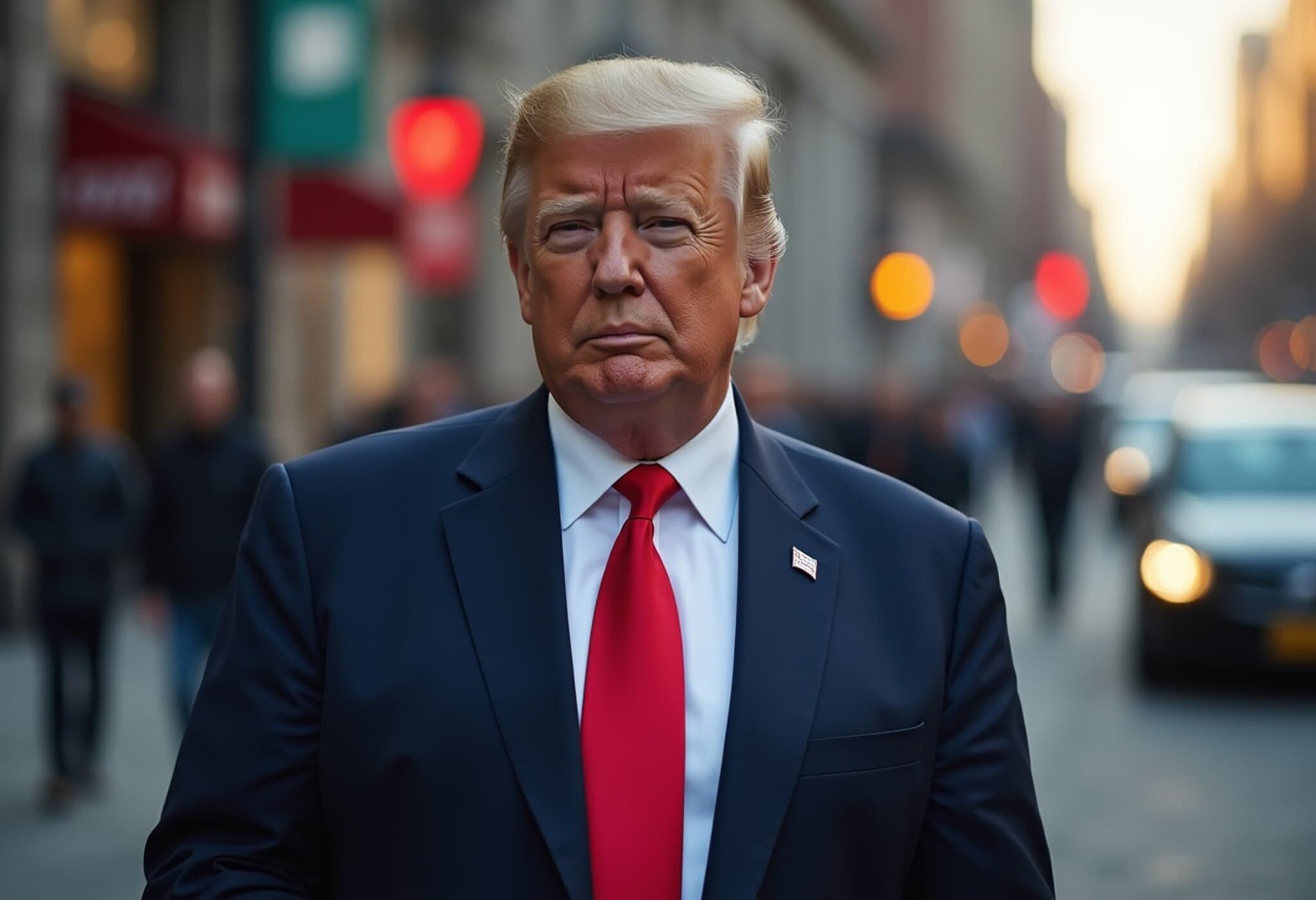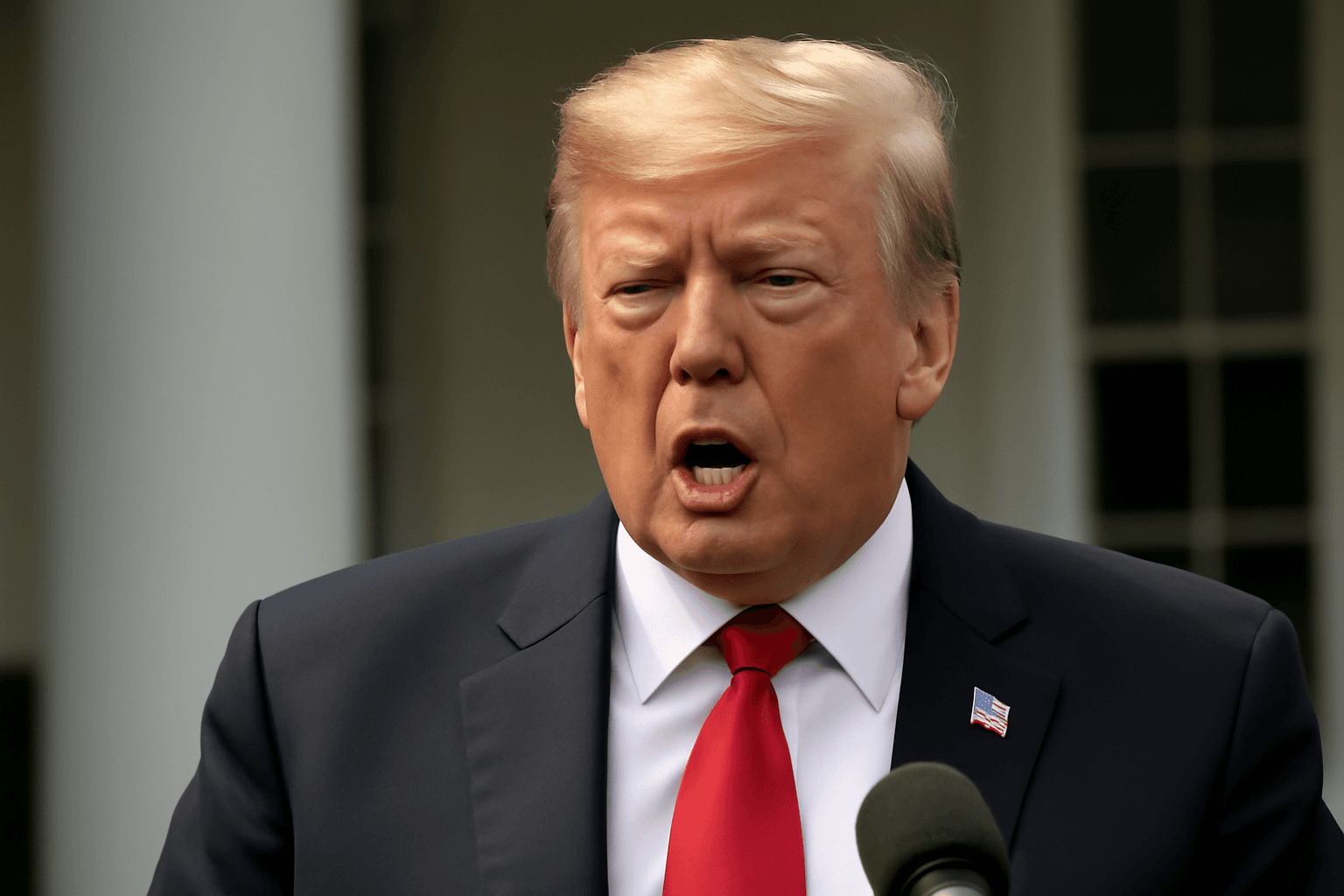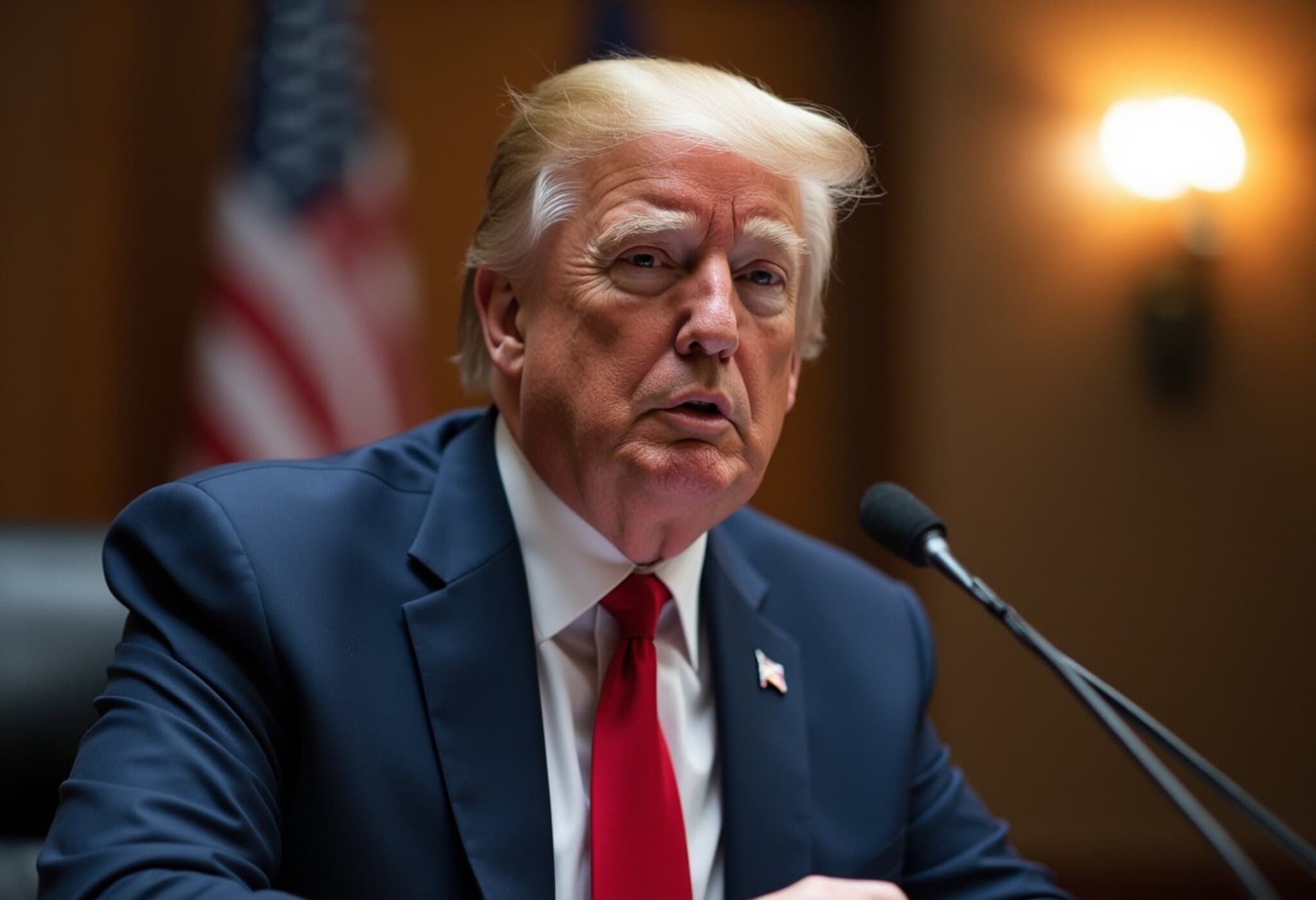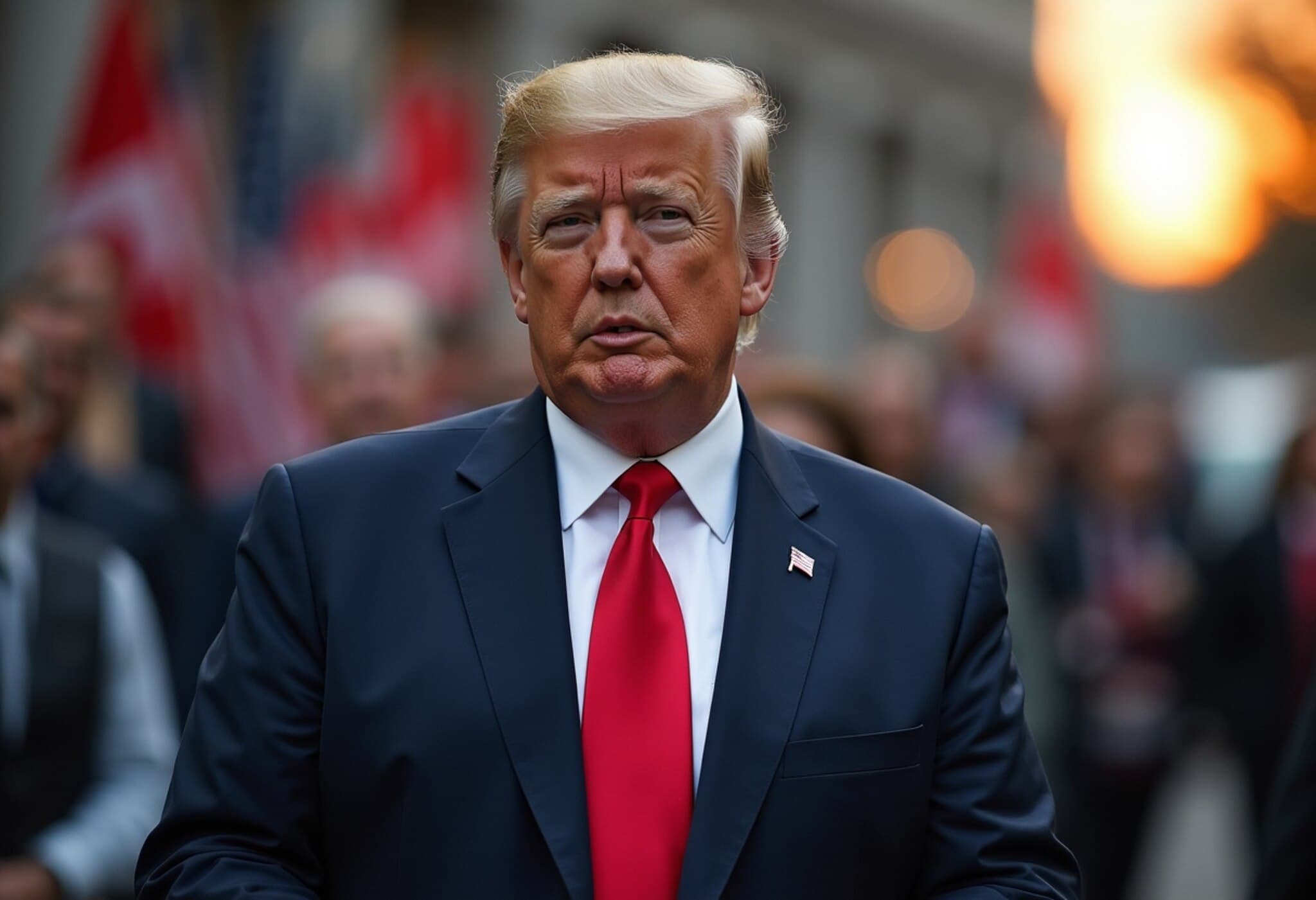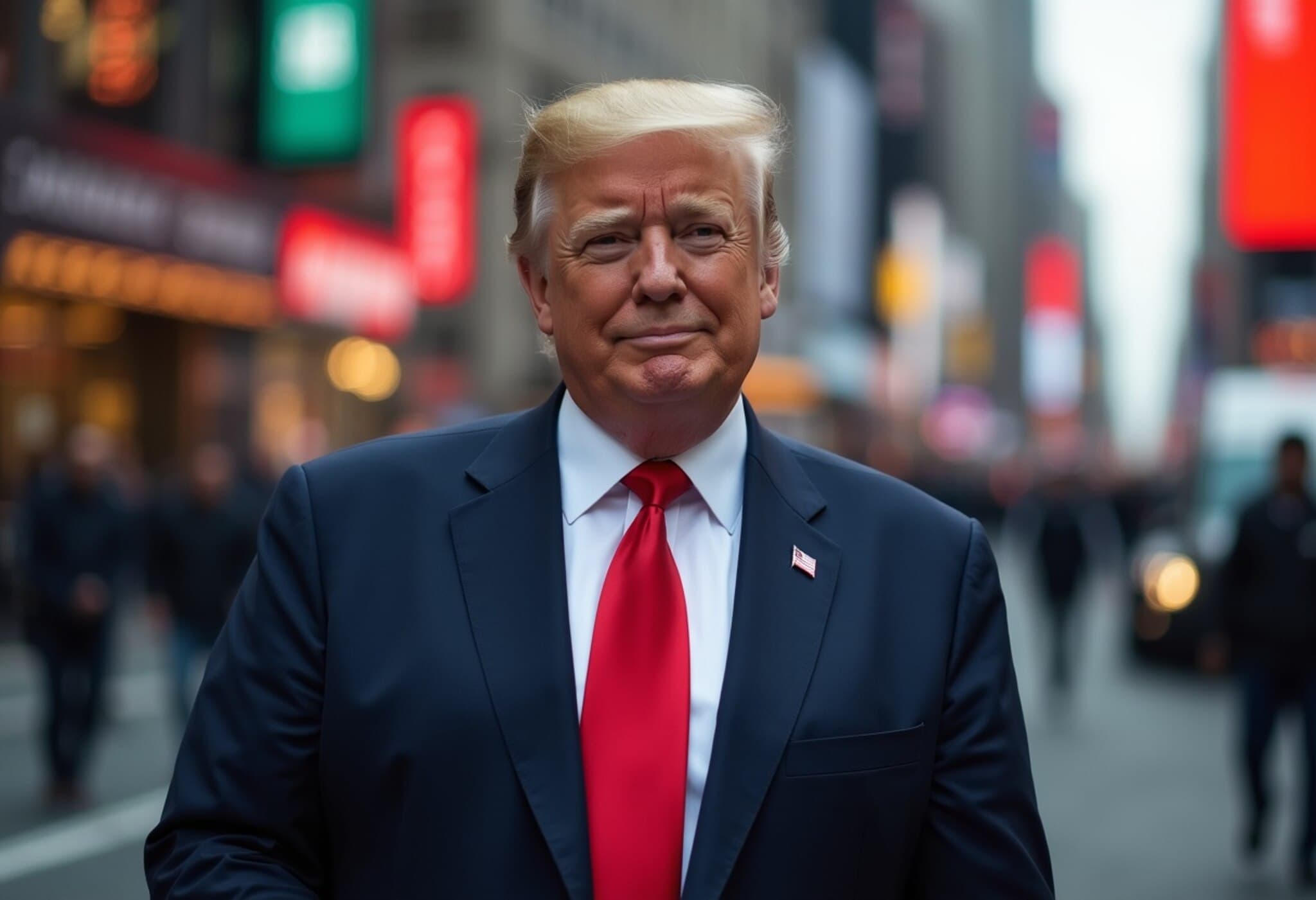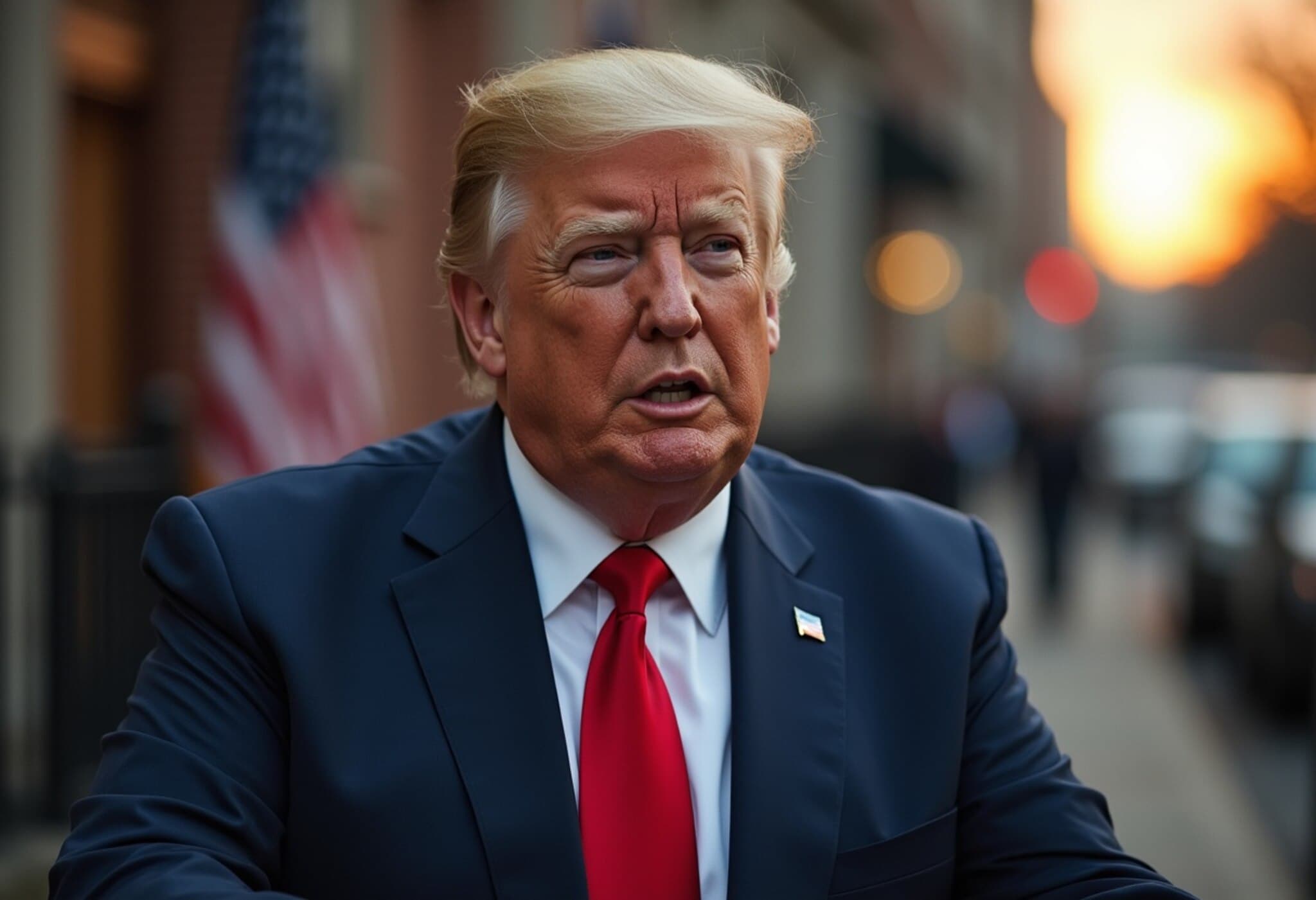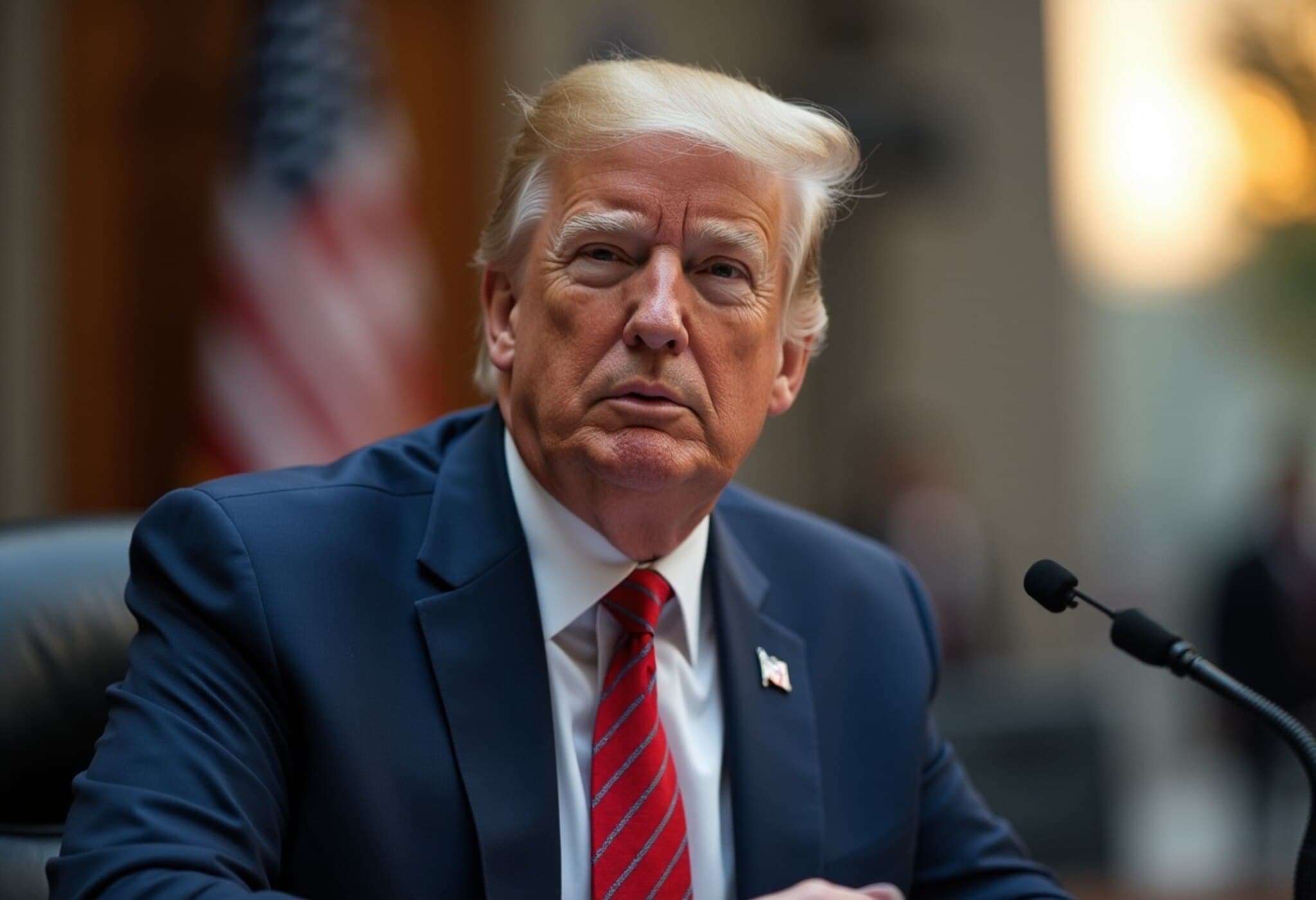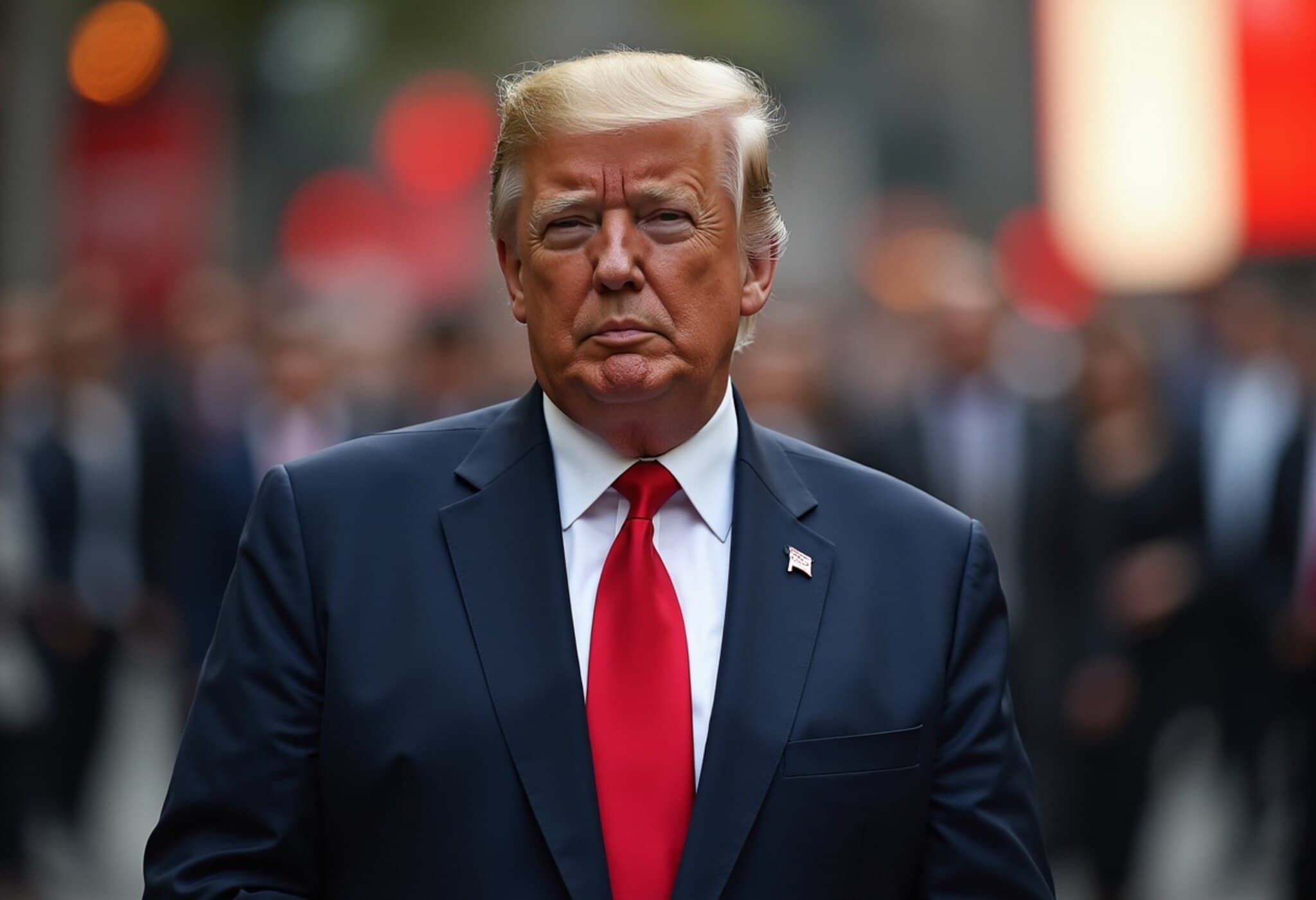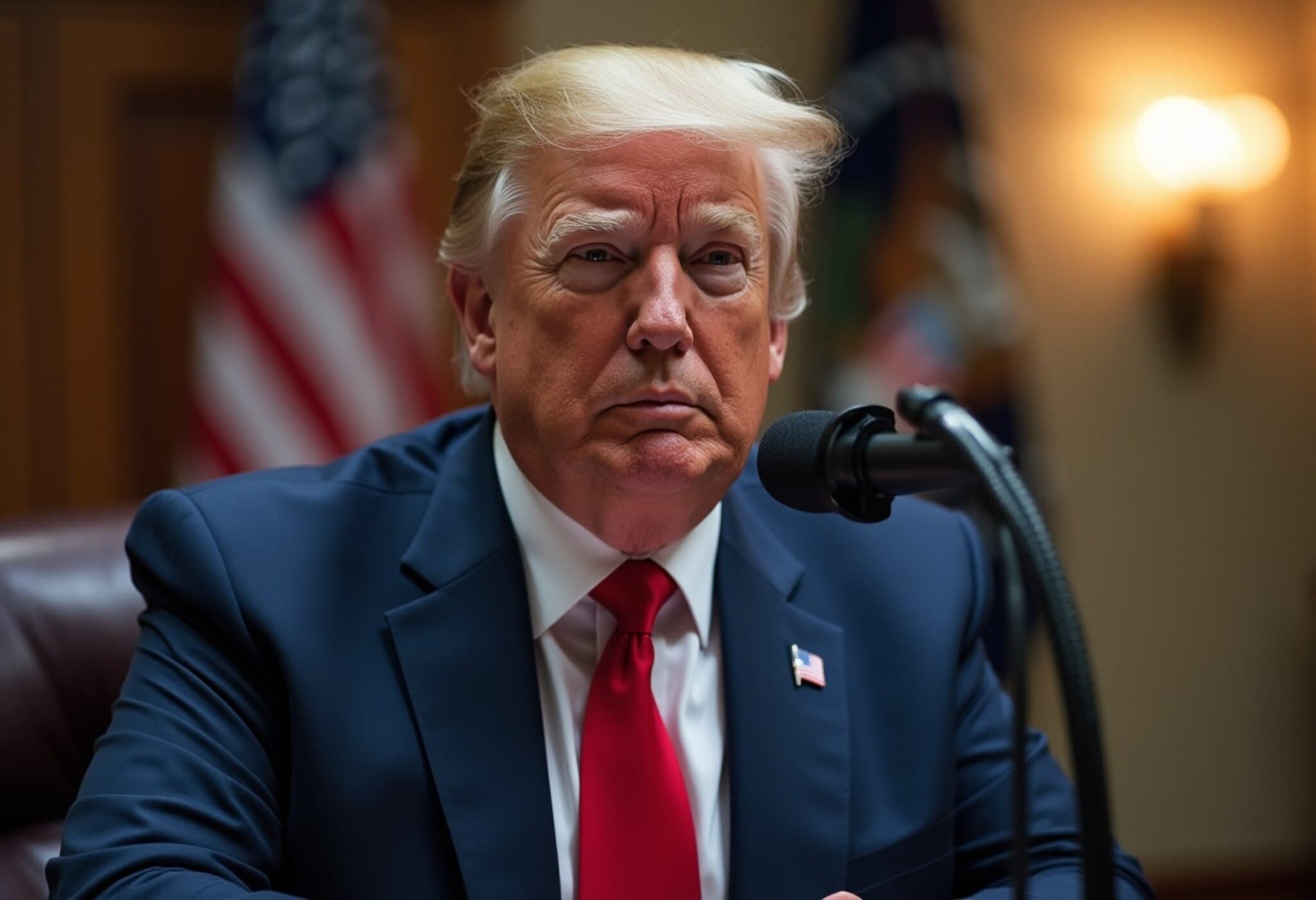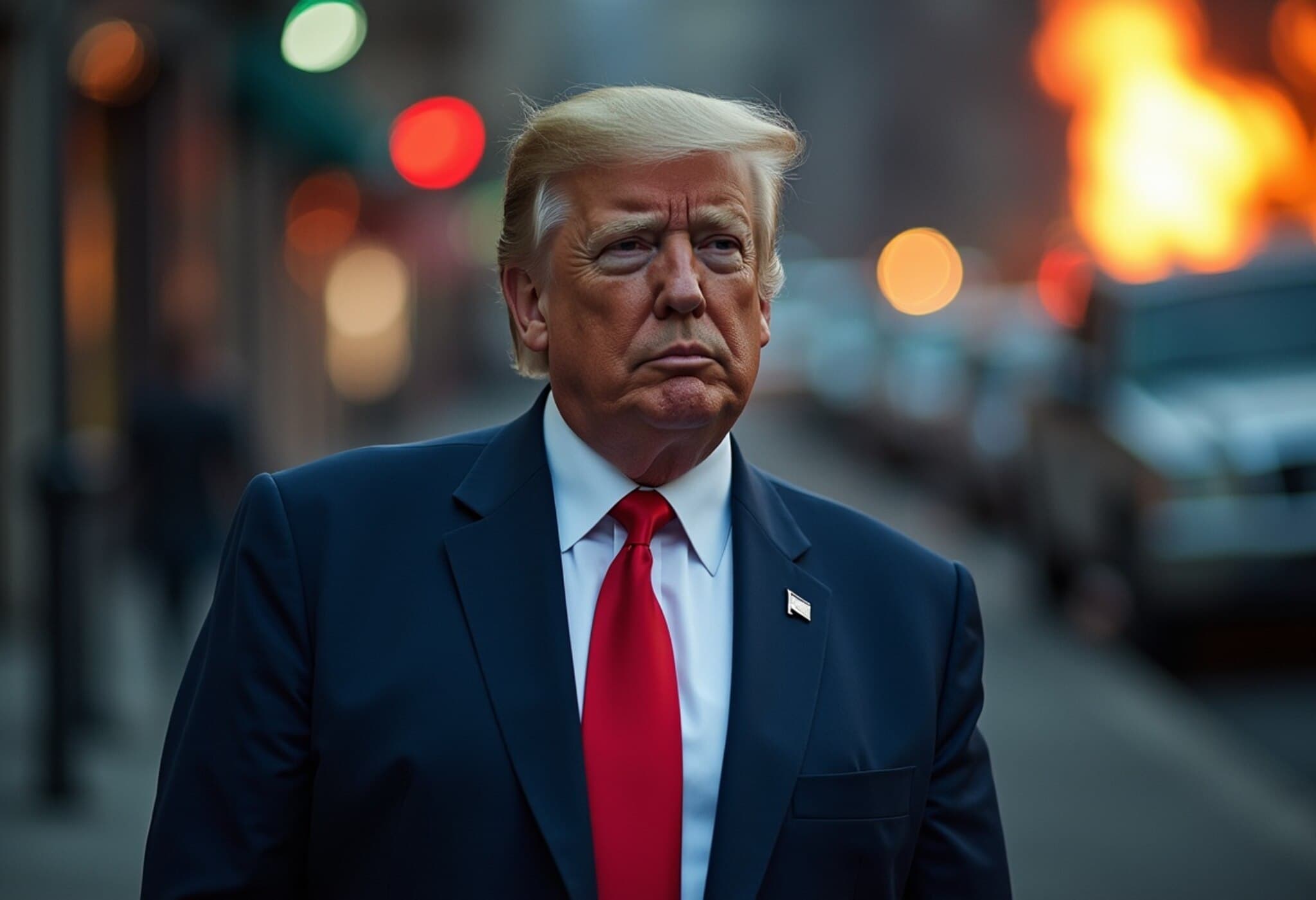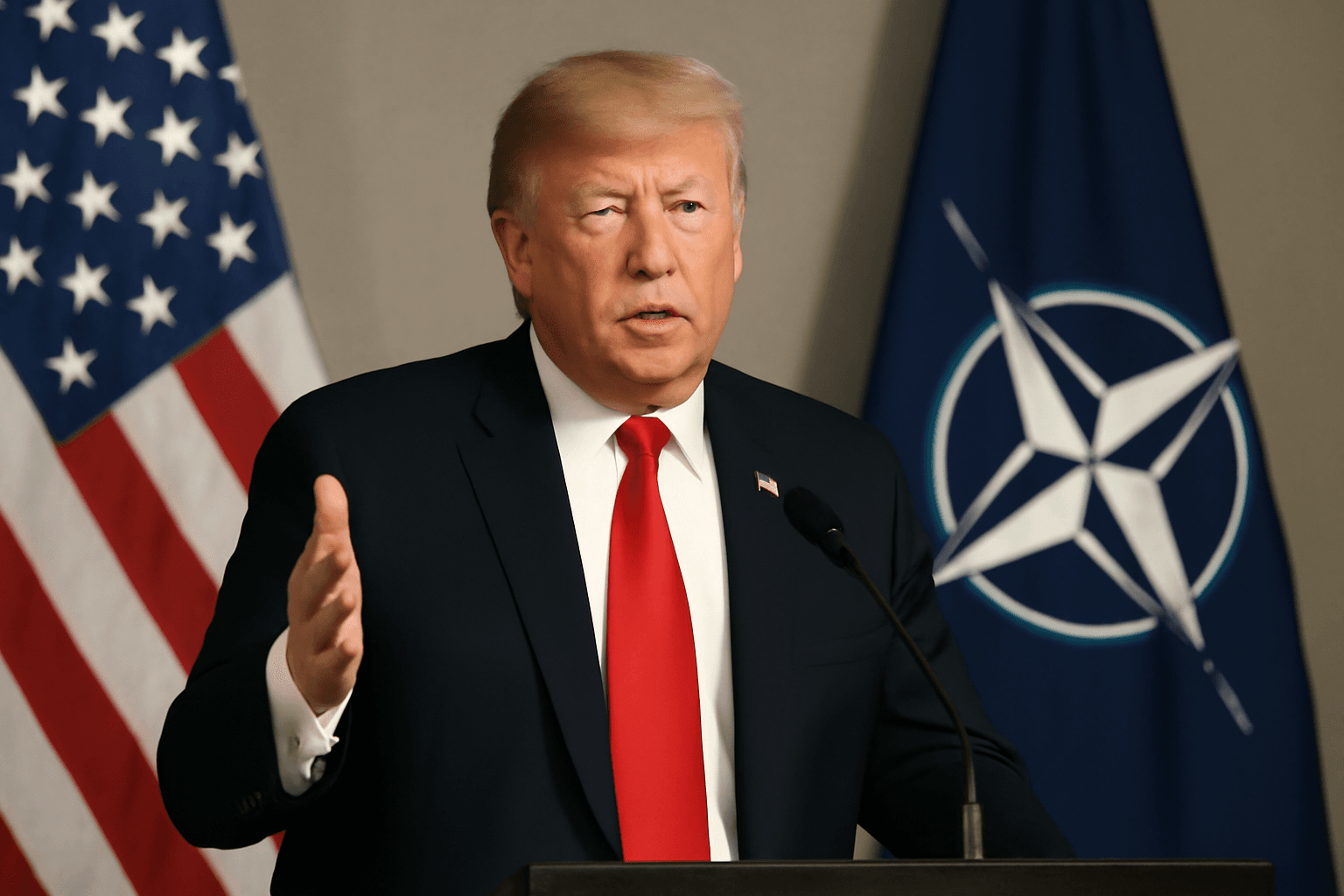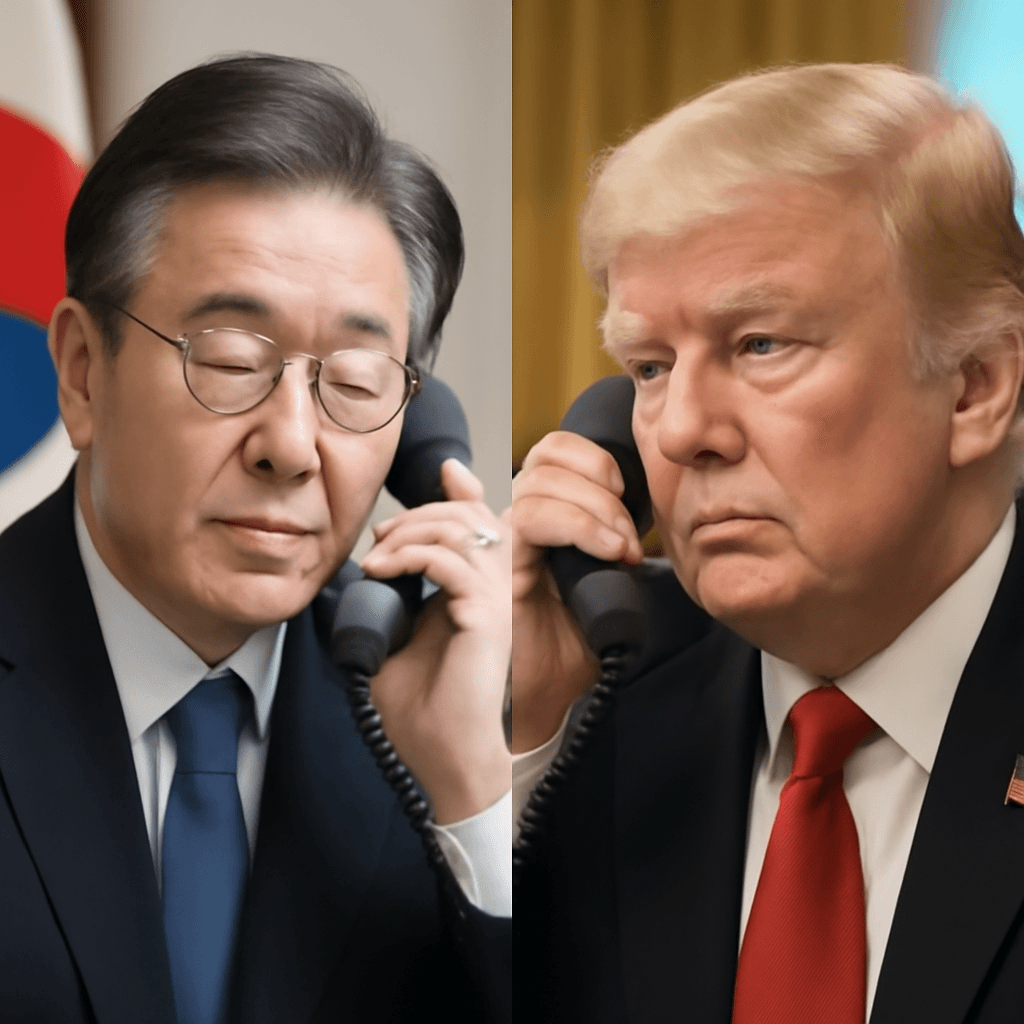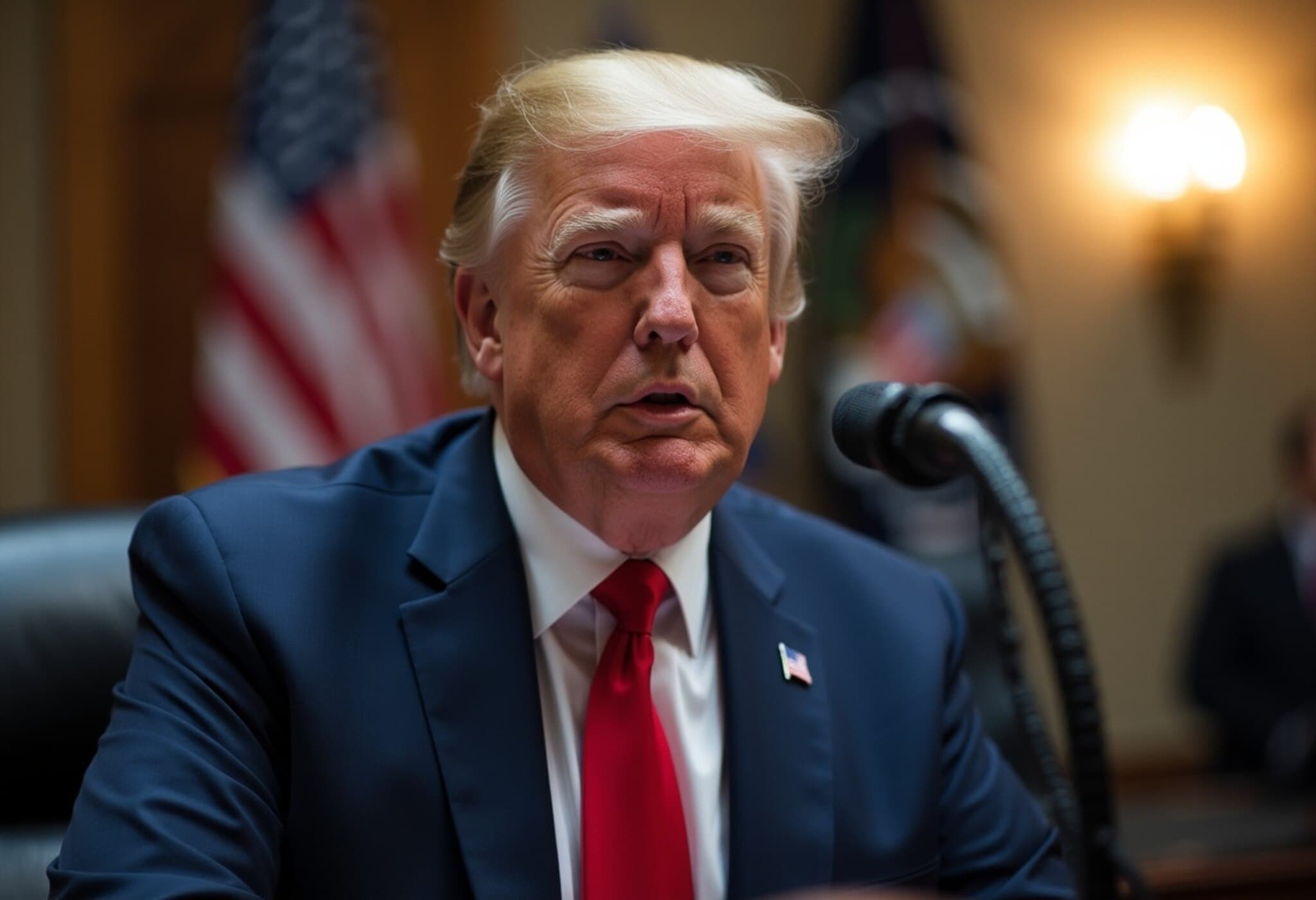Trump Signals Fresh Wave of Tariff Notifications to Multiple Countries
In a bold move underscoring his administration’s continued efforts to realign America's international trade framework, President Donald Trump announced plans to send more letters outlining new U.S. tariff rates against a range of countries’ imports. These notifications are expected to hit the inboxes of foreign leaders starting Wednesday, July 10, 2025.
Tariff Letters: A Strategic Extension of Trump’s Trade Policy
Building on a precedent set earlier this week, when Trump dispatched official letters to leaders from 14 countries — including economic powerhouses like Japan and South Korea — informing them of steep tariffs set to take effect on August 1, the President signaled a fresh series of similar notifications.
Trump’s tweets indicated that at least seven additional countries would receive their tariff letters on Wednesday morning, with an unspecified number more to be notified later that afternoon. Though his social media posts did not fully clarify the process, they suggest a methodical push to expand the tariff framework internationally.
Details from the Initial Round of Tariff Letters
- The letters sent earlier this week were near-identical two-page documents personally signed by the President.
- The new tariffs range between 25% and 40%, reflecting a significant escalation from previous trade measures.
- Countries addressed include China, Japan, South Korea, Germany, Canada, and others.
- The letters mention the possibility of adjusting tariff levels based on future diplomatic and trade relationships.
These tariffs echo the controversial measures first rolled out on April 2, 2025 — dubbed the “Liberation Day” tariff initiative — where Trump’s administration imposed a baseline 10% tariff globally, alongside much steeper duties targeting specific countries.
Market Reactions and Policy Implications
The announcement triggered waves across global markets, with volatility affecting trade stocks and currency valuations. Previous tariff escalations sparked alarm among economists and industry leaders, given their potential to slow down global supply chains and raise consumer prices.
In a dramatic pivot, Trump had previously agreed in April to pause tariff increases for 90 days, ostensibly to allow time for negotiations. That reprieve was set to expire on July 10, but was extended via an executive order signed Monday, pushing the deadline to August 1.
Importantly, the President emphasized in subsequent statements there would be no further extensions, firmly setting the stage for the August 1 implementation.
Expert Analysis: What This Means for U.S. Trade and Diplomacy
Trade policy analysts see this move as a clear signal that the Trump administration intends to maintain a tough stance on international trade, likely leveraging tariffs as a bargaining chip in broader negotiations. The varying tariff rates reflect an attempt to calibrate pressure according to bilateral relationships.
American businesses face a period of adjustment as supply chains may be disrupted, while importers and exporters brace for heightened costs. Additionally, the geopolitical ramifications may prompt retaliatory tariffs, intensifying trade tensions — a scenario to watch closely.
Unanswered Questions and Underreported Angles
- How will affected countries respond diplomatically or economically? Existing trade agreements may be tested.
- Will these tariffs disproportionately impact American consumers through higher prices?
- What mechanisms will the U.S. government use to monitor and potentially adjust tariffs based on evolving relationships?
- Are there provisions for affected industries or regions within the U.S. to receive support amid these changes?
Looking Ahead
As the August 1 deadline approaches, stakeholders across sectors will be watching closely for follow-up announcements and negotiations. The administration’s continued framing of tariffs as a tool to strengthen America’s economic sovereignty puts its trade policy at a critical crossroads between protectionism and global cooperation.

